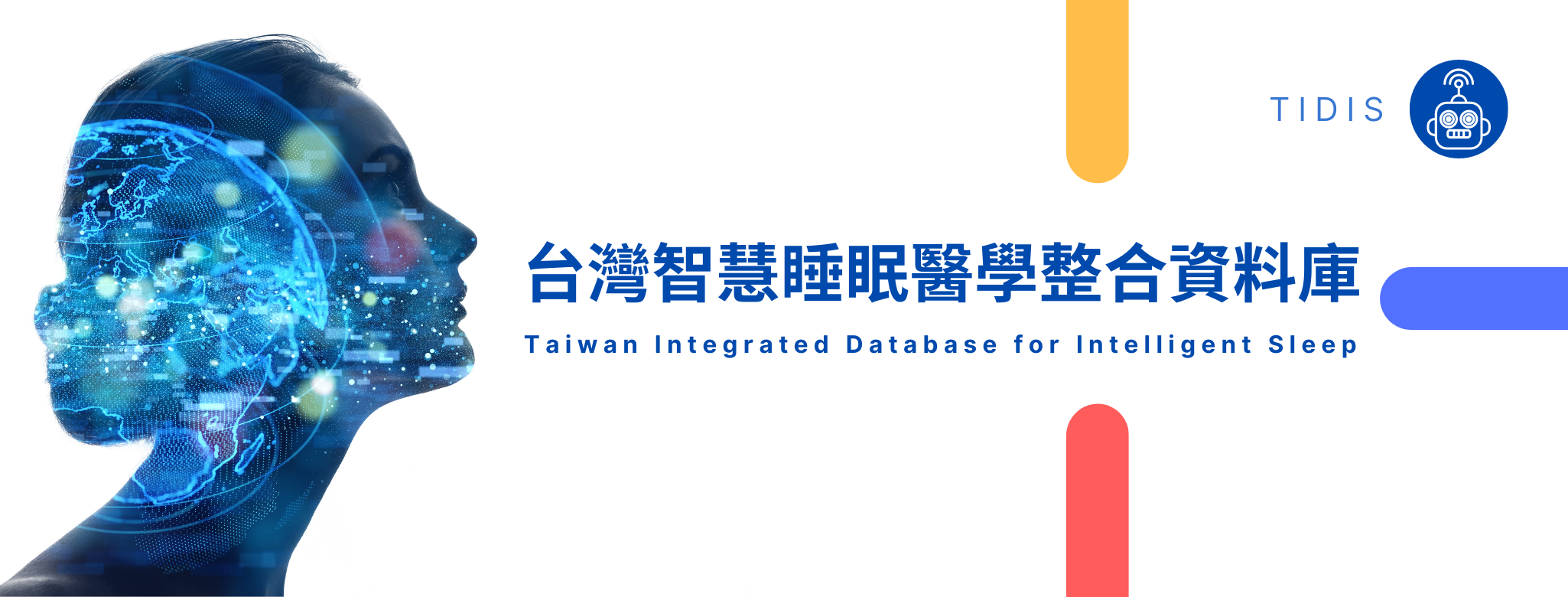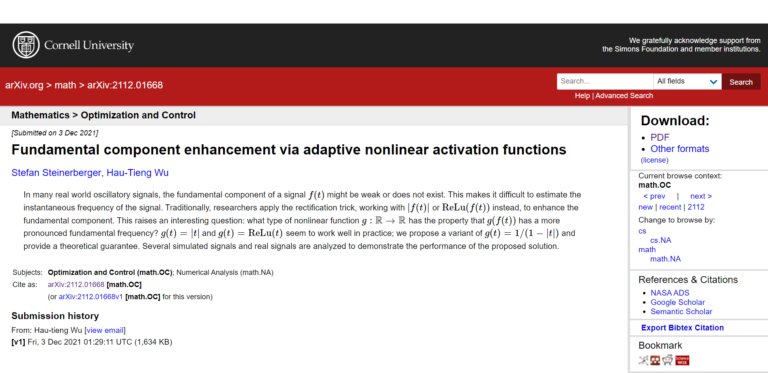
Fundamental component enhancement via adaptive nonlinear activation functions
In many real world oscillatory signals, the fundamental component
of a signal f(t) might be weak or does not exist. This makes it difficult to
estimate the instantaneous frequency of the signal. Traditionally, researchers
apply the rectification trick, working with |f(t)| or ReLu(f(t)) instead, to
enhance the fundamental component. This raises an interesting question: what
type of nonlinear function g : R → R has the property that g(f(t)) has a more
pronounced fundamental frequency? g(t) = |t| and g(t) = ReLu(t) seem to
work well in practice; we propose a variant of g(t) = 1/(1 − |t|) and provide a
theoretical guarantee. Several simulated signals and real signals are analyzed
to demonstrate the performance of the proposed solution.
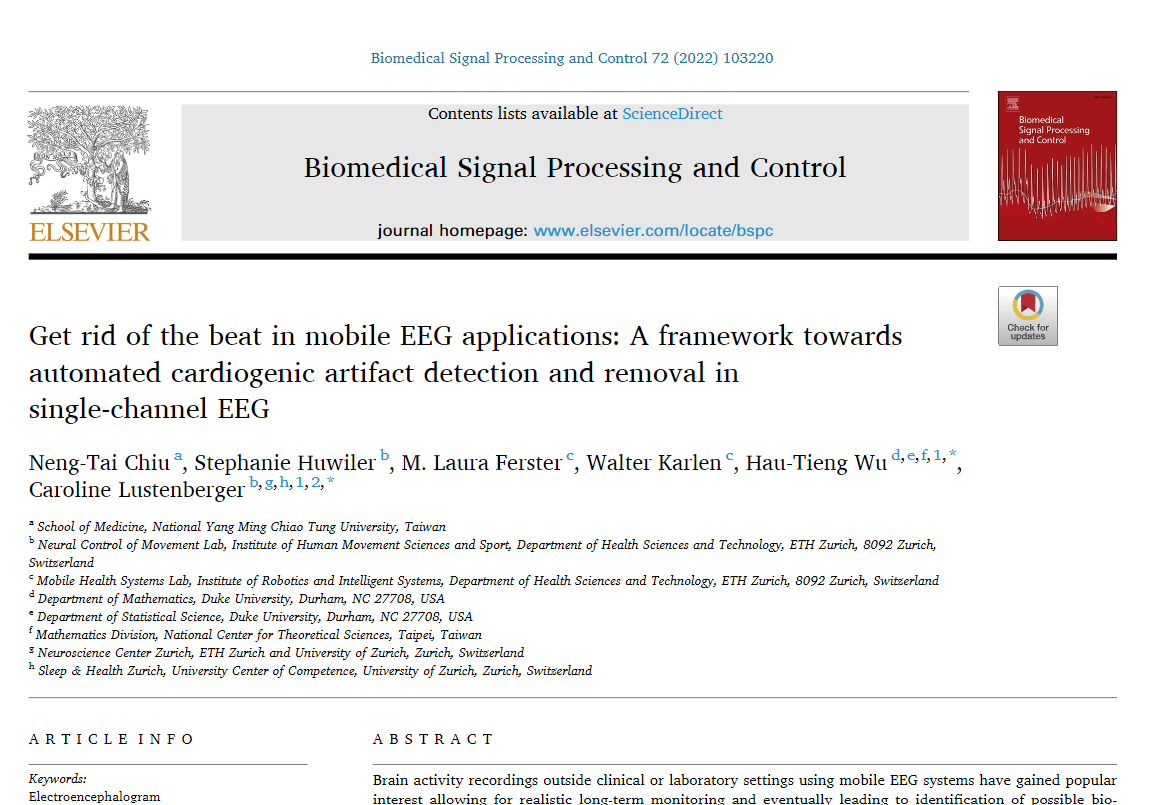
Get rid of the beat in mobile EEG applications: A framework towards automated cardiogenic artifact detection and removal in single-channel EEG
Brain activity recordings outside clinical or laboratory settings using mobile EEG systems have recently gained popular interest allowing for realistic long-term monitoring and eventually leading to identification of possible biomarkers for diseases. The less obtrusive, minimized systems (e.g. single-channel EEG, no ECG reference) have the drawback of artifact contamination with varying intensity that are particularly difficult to identify and remove. We developed brMEGA, the first algorithm for automated detection and removal of cardiogenic artifacts using non-linear time-frequency analysis and machine learning to (1) detect whether and where cardiogenic artifacts exist, and (2) remove those artifacts. We compare our algorithm against visual artifact identification and a previously established approach and validate it in one real and semi-real datasets. We demonstrated that brMEGA successfully identifies and substantially removes cardiogenic artifacts in single-channel EEG recordings. Moreover, recovery of cardiogenic artifacts gives the opportunity for future extraction of heart rate features without ECG measurement.
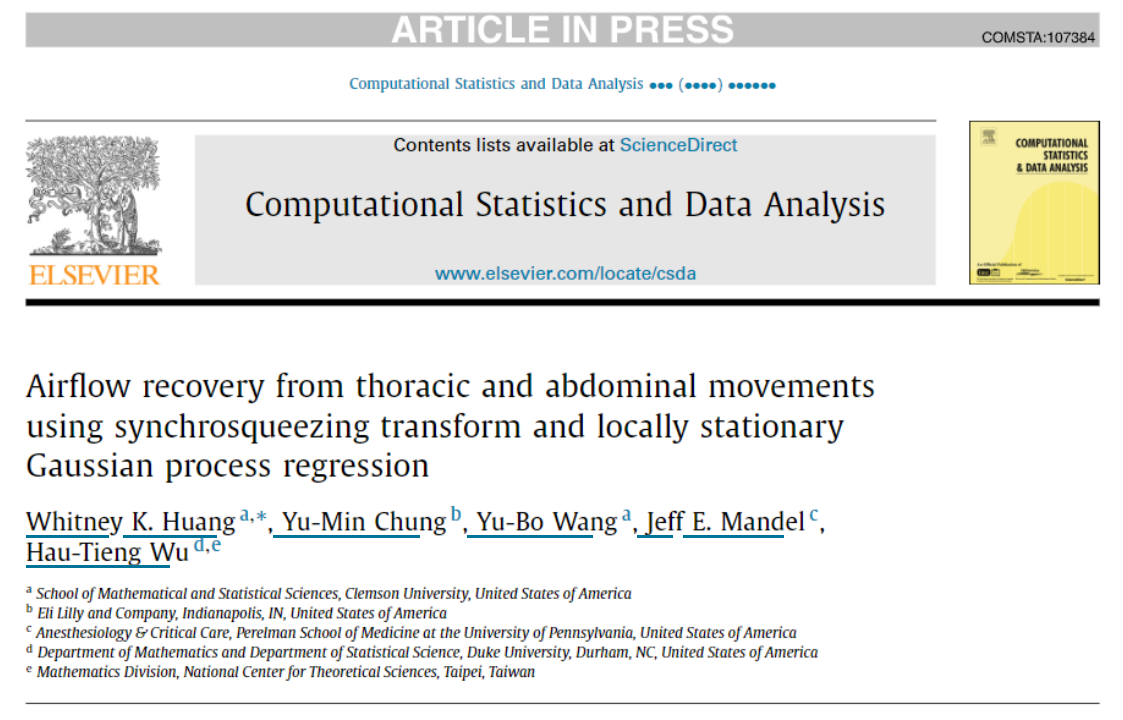
Airflow recovery from thoracic and abdominal movements using Synchrosqueezing Transform and Gaussian Process Regression
Airflow signal encodes rich information about respiratory system. While the gold standard for measuring airflow is to use a spirometer with an occlusive seal, this is not practical for ambulatory monitoring of patients. Advances in sensor technology have made measurement of motion of the thorax and abdomen feasible with small inexpensive devices, but estimation of airflow from these time series is challenging. We propose to use the nonlinear-type time-frequency analysis tool, synchrosqueezing transform, to properly represent the thoracic and abdominal movement signals as the features, which are used to recover the airflow by the locally stationary Gaussian process. We show that, using a dataset that contains respiratory signals under normal sleep conditions, an accurate prediction can be achieved by fitting the proposed model in the feature space both in the intra- and inter-subject setups. We also apply our method to a more challenging case, where subjects under general anesthesia underwent transitions from pressure support to unassisted ventilation to further demonstrate the utility of the proposed method.

Large Scale Consistency Assessment of Sleep Stage Scoring Rules between Multiple Sleep Centers by an Interpretable Machine Learning Algorithm
Study objectives: Polysomnography is the gold standard in identifying sleep stages; however, there are discrepancies in how technicians use the standards. Because organizing meetings to evaluate this discrepancy and/or reach a consensus among multiple sleep centers is time consuming, we developed an artificial intelligence (AI) system to efficiently evaluate the reliability and consistency of sleep scoring, and hence the sleep center quality.
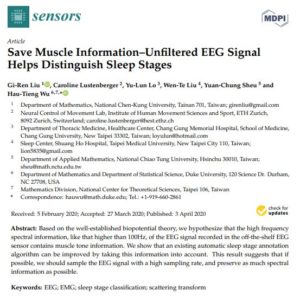
Save Muscle Information–Unfiltered EEG Signal Helps Distinguish Sleep Stages
Abstract:
Based on the well-established biopotential theory, we hypothesize that the high frequency spectral information, like that higher than 100Hz, of the EEG signal recorded in the off-the-shelf EEG sensor contains muscle tone information. We show that an existing automatic sleep stage annotation algorithm can be improved by taking this information into account. This result suggests that if possible, we should sample the EEG signal with a high sampling rate, and preserve as much spectral information as possible.
